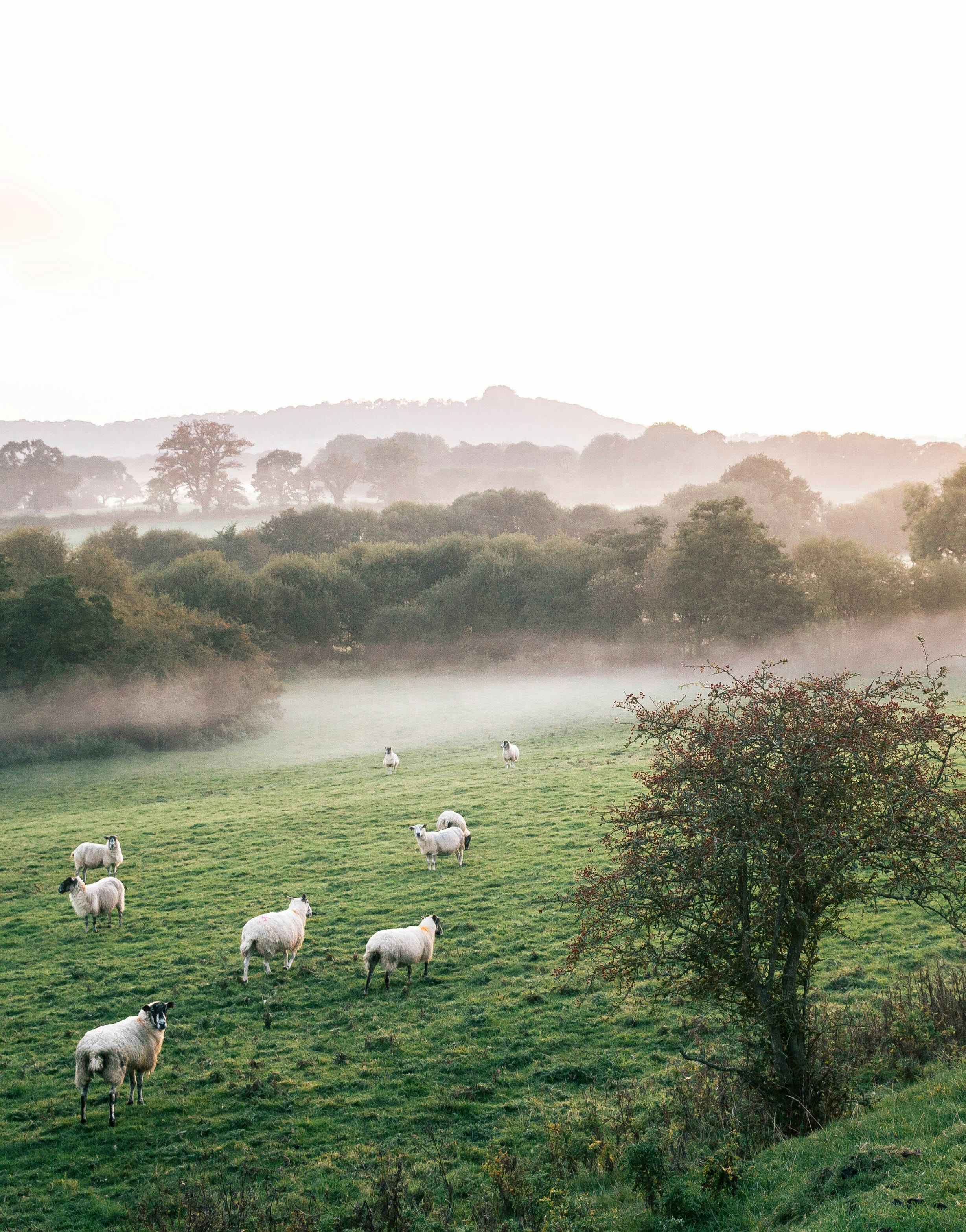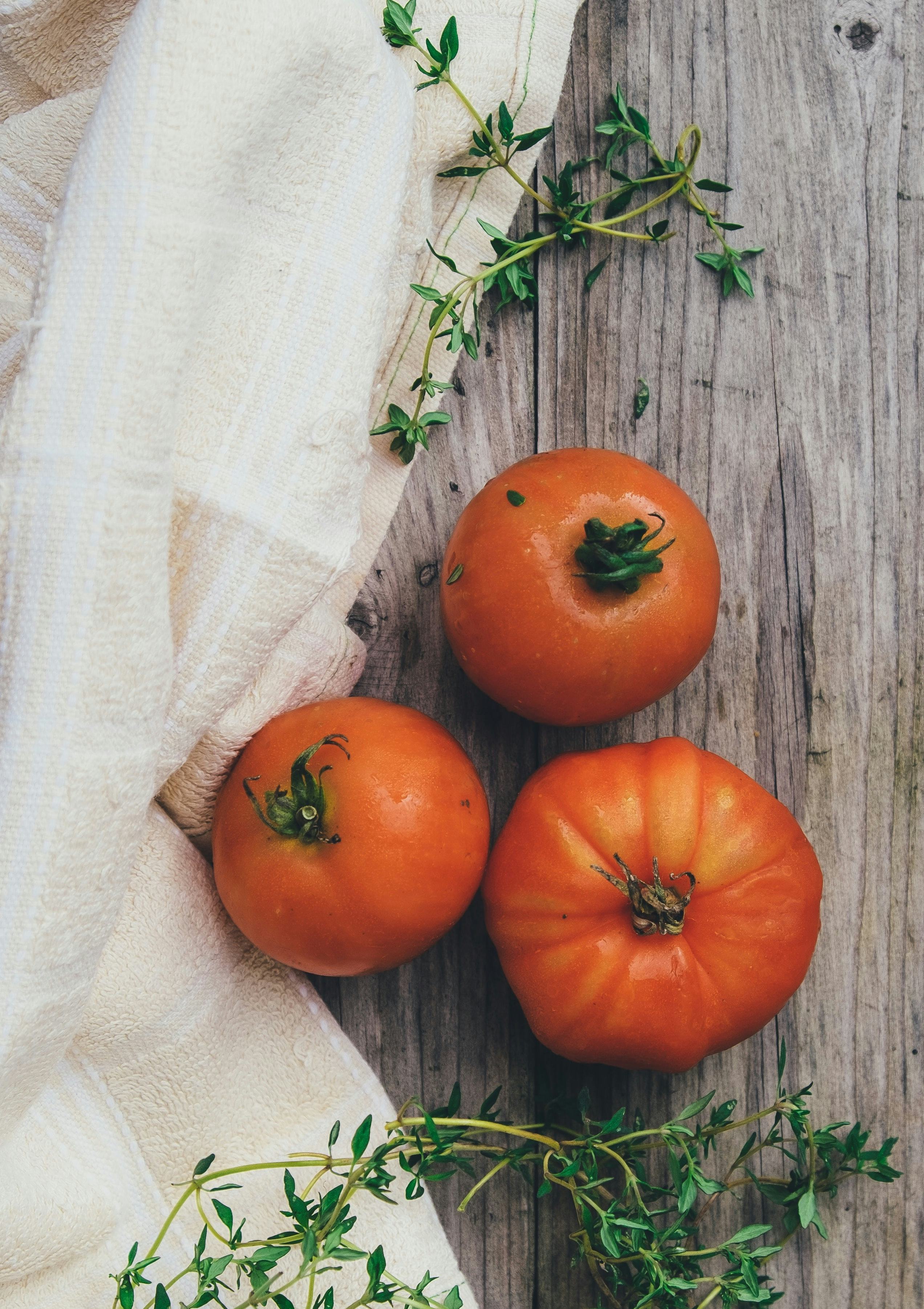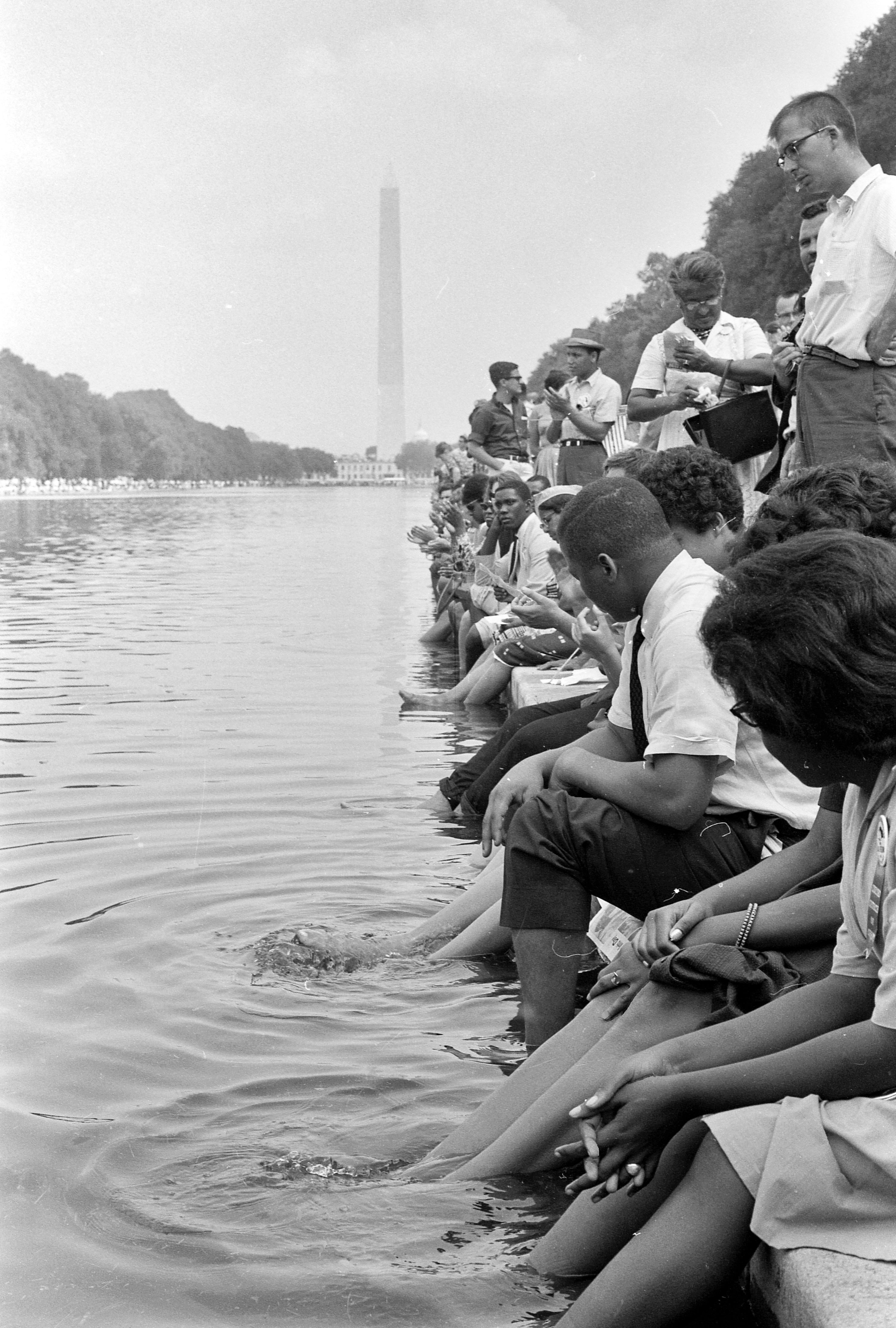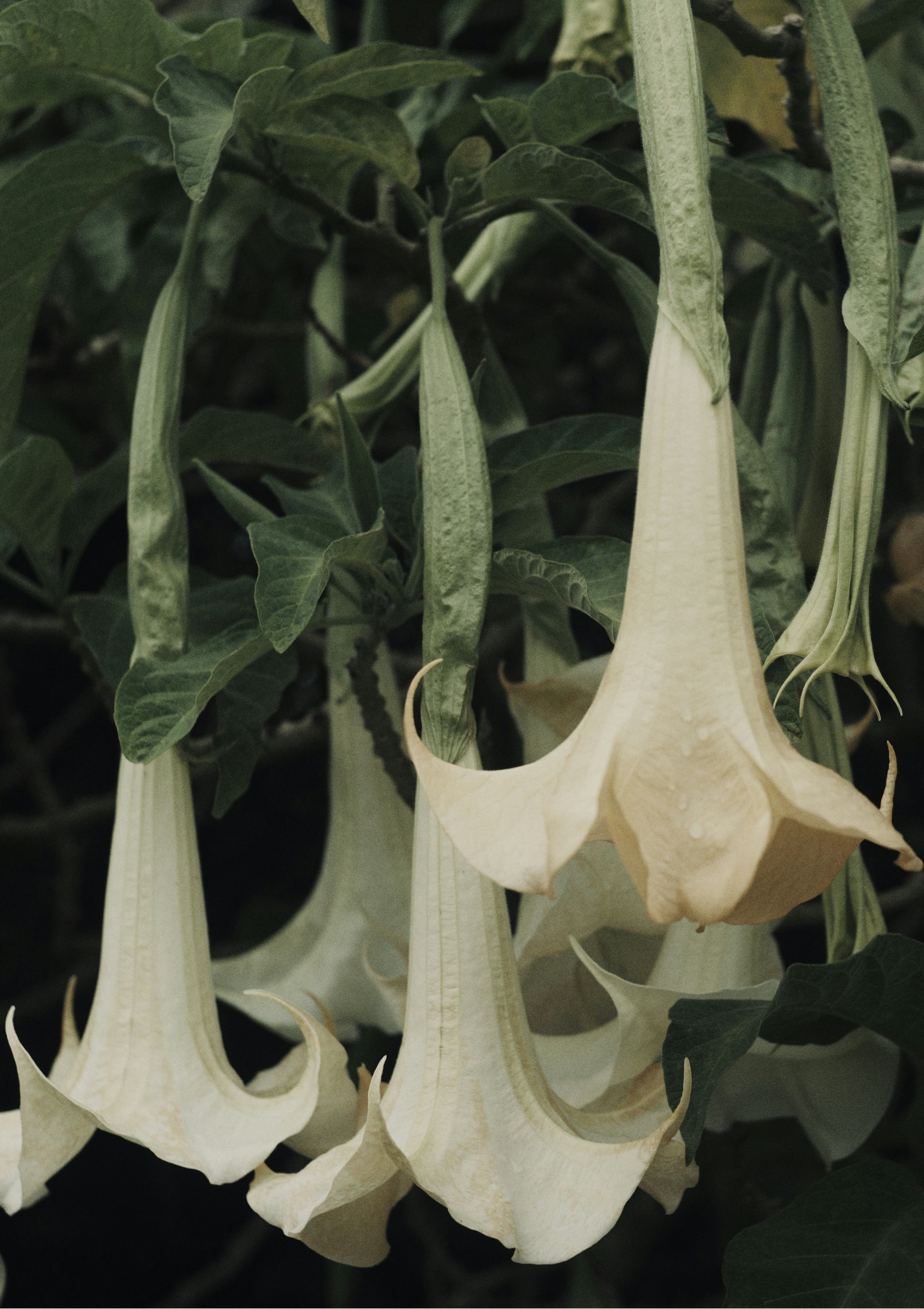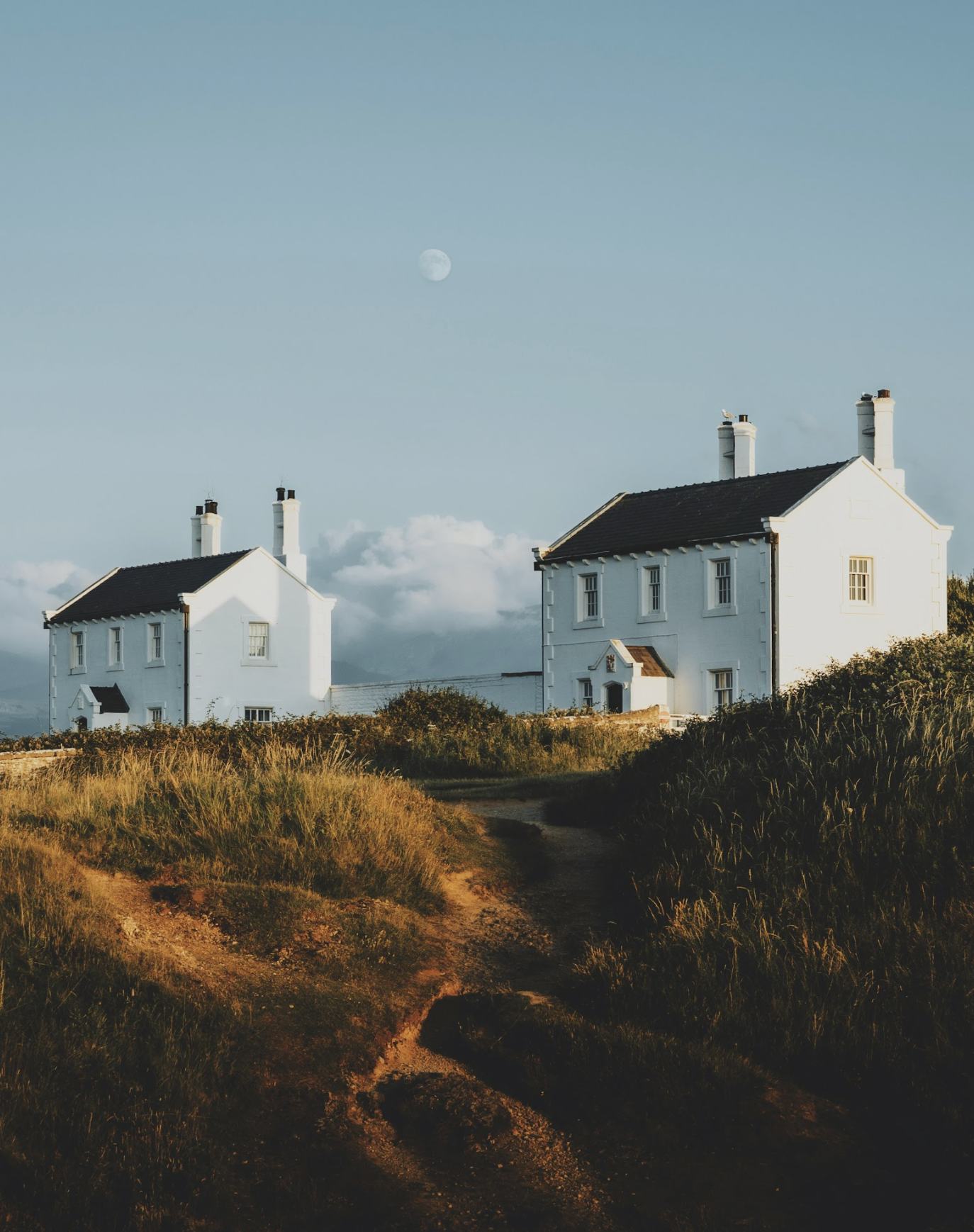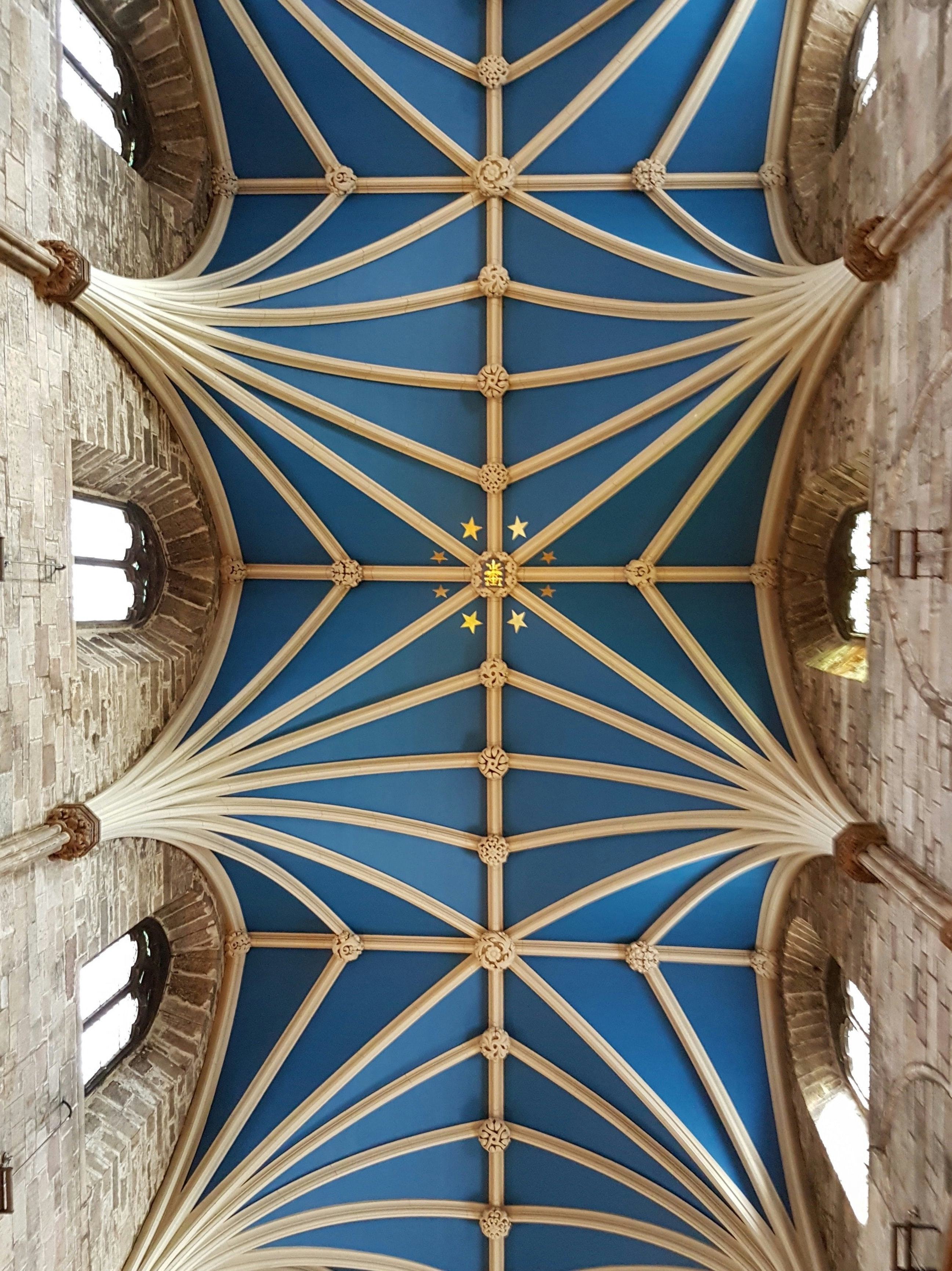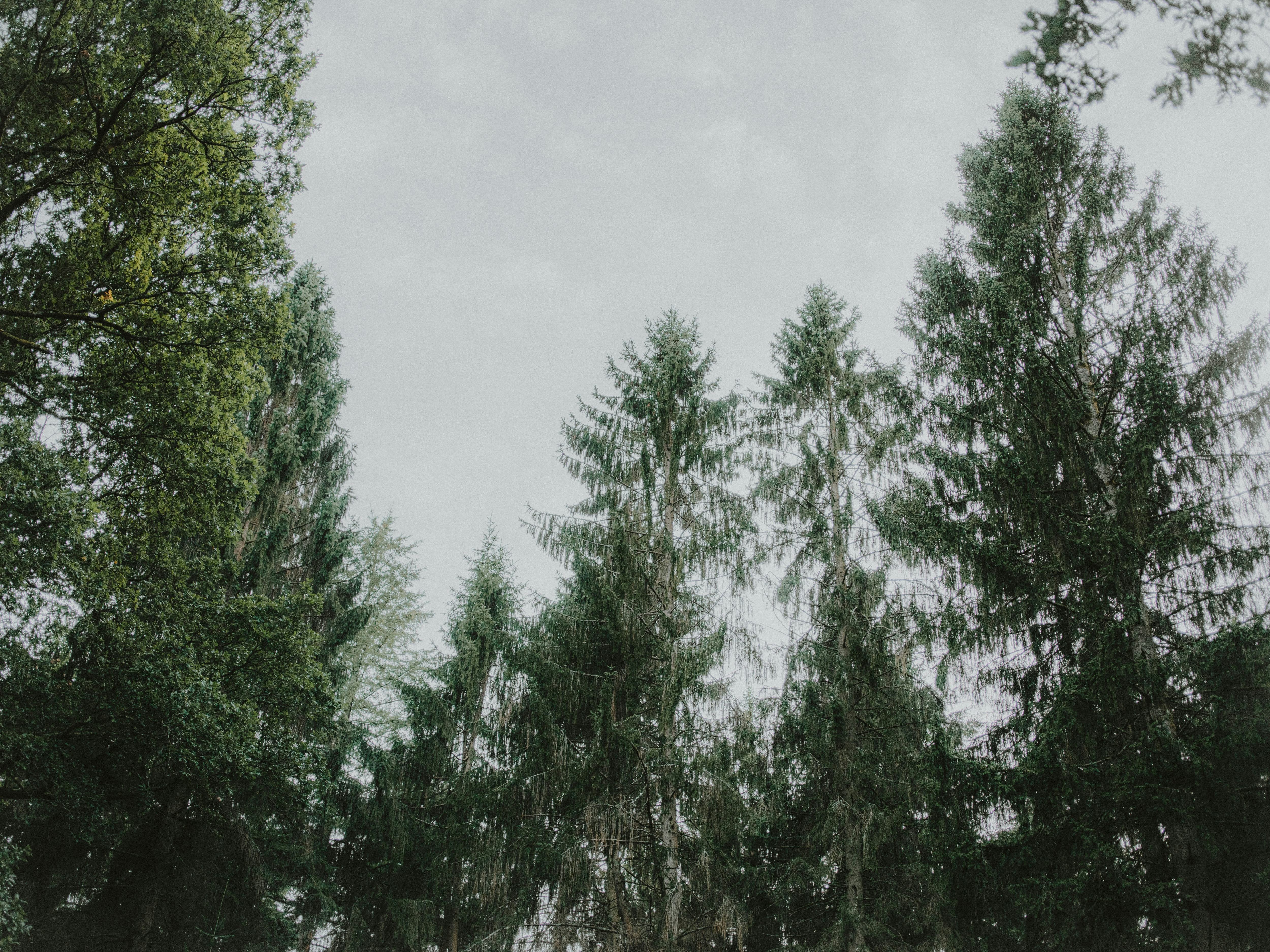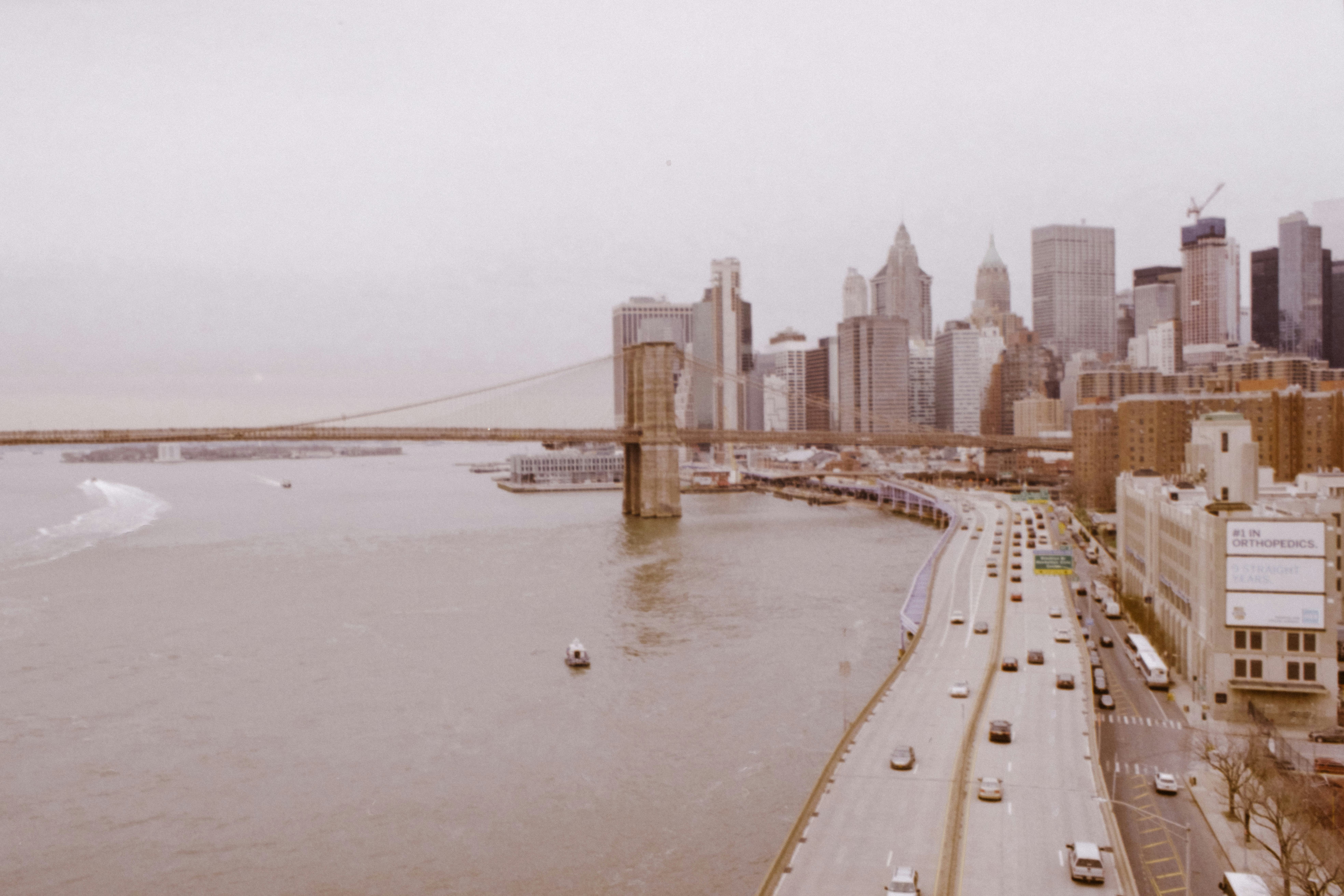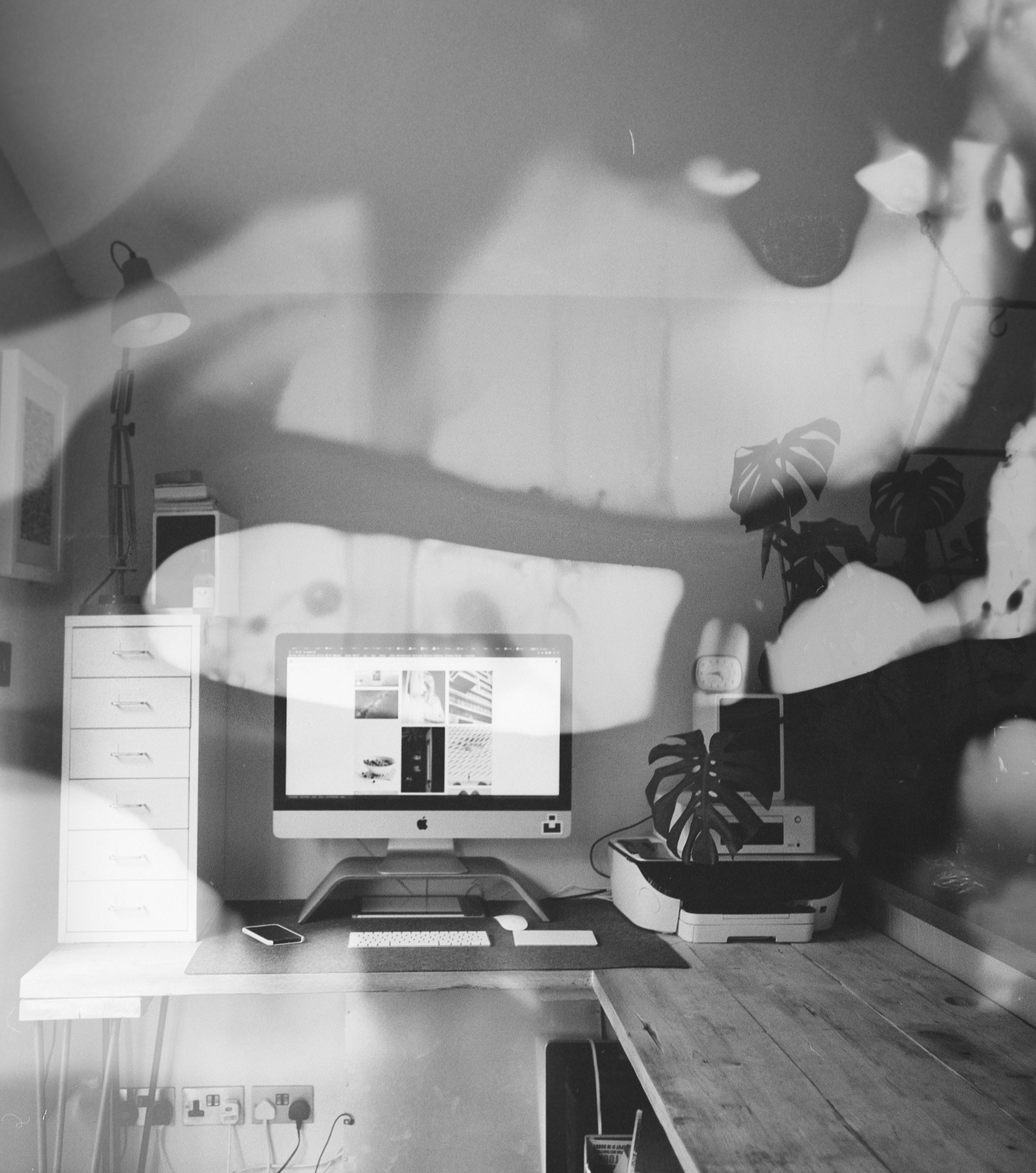Spring in our county brings wind. Early in the morning, a light breeze lifts leaves on the trees, in and around the back patio. By afternoon, gusts whip branches every which-way, even on the ancient redwood in my neighbor’s backyard, making me worry that massive, weighty tree might come crashing down.
One evening several months before my husband Richard’s death, the wind calmed, and I grabbed the chance to sit outdoors. Almost at once, my mood lifted, as if I’d taken a drug promising to erase every negative thought.
I live in a neighborhood filled with small ranch houses, built in the nineteen-fifties. Though I have a good-sized backyard and the area is dotted with mature trees and plants that attract a variety of birds, my home, in a small Northern California city, lacks the natural wonders the late writer Edward Abbey described in his classic book, Desert Solitaire. Yet, the moment I dropped into a chair at the glass-topped table outside, I felt as Abbey must have done when he wrote my favorite passage about solitude.
That section of Desert Solitaire describes how Abbey made a place for himself to eat outside the narrow metal trailer where he lived and slept, during the year he worked as a ranger in Arches National Monument, now a national park. A short distance from the trailer, he cleared a space and created a fire pit, then dragged a table to rest close by. He went on to explain that though still alone, eating outside, instead of in the trailer, he no longer felt lonely.
According to Abbey, out in that place of wondrous varicolored rock, he felt part of the natural world. Because of that bond, he wasn’t really alone.
Like many people who write and also love remote trails where crowds of people are blessedly absent, I am a loner. People who know me might be surprised. I can come across as the opposite, talking up a storm.
Given a choice, I often prefer my own company – to read and write, think and walk. Yet throughout my life, I have battled the need for solitude against feelings of loneliness, yearning to share a meal or coffee with a friend I enjoy.
Sitting outside that evening, I stumbled across a small cure I might be able to employ. For four and a half years, I had worried about being alone. That’s because I expected, at any moment, to lose my husband. Richard, who I met on a blind date nearly thirty years ago, and was being treated for stage four cancer. At some point, I knew the treatment keeping him alive would quit working. In addition to coping with unimaginable grief, I would need to learn how to live alone, and not be drowned by depression and loneliness.
What first struck me in that passage of Edward Abbey’s book was his remark about eating dinner in the trailer and having no one sitting at the table across from him. I couldn’t help thinking of all the everyday parts of life in which I was used to my husband being there and the sorrow that was sure to hit when he was gone. There’s a term for this, I learned from a social worker who facilitated the caregiver support group of which I had been a part. He called this anticipatory grief. I saw it as preparation, the foolish idea that if I could get ready, I would somehow survive.
I know there is a difference between solitude and loneliness. Considering the two, I can’t help but think of one of my other favorite books, Journal of a Solitude, by the late May Sarton. Sarton set out to be alone, in a rural New Hampshire house, because she was a solitary sort who had difficulty getting along with others. Sarton treasured her alone time – to write, garden, and think, and to chronicle those activities in words – but couldn’t escape inevitable bouts of depression and loneliness.
Looking back on my life, I can say I have always been lonely. My military family moved once a year or every other year. As a result, I was nearly always the new kid in school or on the block. I made friends quickly, as a means of survival. But knowing my family would leave soon, I made sure not to get too close. Otherwise, the loss would be even greater. One way I amused myself was through books. In elementary school when we lived in a small town, I trekked to the library once a week, walking home with armloads of entertainment, often biographies of famous women, such as Nurse Clara Barton.
I married late. In the preceding single years, I filled up solo weekend hours by walking through neighborhoods in vibrant cities, including Washington, D.C., Seattle and San Francisco. I lived longest in the latter, the most perfect place for extended and never dull treks. Yes, I sometimes felt lonely, but I was frequently able to move outside myself, feeling grateful that I was able to live in a magical place like San Francisco. I might have this experience after climbing to the top of a nearly ninety-degree-angled stretch of California Street, with Chinatown to my left, and ahead of me, the Financial District and San Francisco Bay beyond.
During the years with my husband, we ventured out to many places where nature was the main attraction. Following one disastrous weekend in a noisy campground when we barely slept, we gave up on the tent, substituting stays in rustic cabins, with views of lakes or rushing streams.
My favorite part of these stays was quietly taking in the view – early in the morning on a deck, sipping that first wonderful cup of coffee, or after a strenuous uphill hike, perched on a rock overlooking a lake, eating a tuna sandwich and marveling at the latest splendid spot we’d discovered. A childless couple, Richard and I always took trips alone. At times, we encountered families or groups of friends paddling kayaks, swimming or hanging out on a beach. For that brief time, we felt lonely. But on solitary hikes or enjoying quiet mornings, we experienced what Abbey celebrated, finding ourselves at one with soaring trees and birds swooping down, a rushing stream and sunlight winking off blue-green water.
As much as I love solitude when sitting on the bank of a river or lake, jotting notes in my journal about golden light bathing the rocks and how my heart swells amidst all that beauty, I know the feeling can easily be shattered, drifting across the fine line into loneliness. Even having a husband by my side, I was sometimes hit with an awful aching loss when I assumed everyone in the world was with parents, siblings or children they adored. Most holidays, we ended up alone. Every year, I reminded myself that It’s only one day or I’ve been through this many times before and survived. But I still couldn’t shake the depression that weighed me down or let go of the yearning to be sitting at a large table with people I loved.
I can say that I both love being with people and being alone, especially in some beautiful rustic spots. But the person I have most loved being with, hiking a favorite trail or sitting on the lanai, gazing at the ocean in Kauai, is Richard. He is the one person I could be happy with, in conversation or not. Losing my perfect companion, who I would choose over my own company, is what I dreaded.
As I knew from the moment we received Richard’s cancer diagnosis, he was destined to leave me, and what I had feared, spending hours of every day alone, would be my life. No matter what I thought about preparing myself, I quickly discovered there’s no way to be ready as a married woman to have an essential part of your very self suddenly gone.
Being a widow has introduced me to a level of solitariness I have never known, nor could have imagined, before. Accustomed to sharing meals, a bed, and frequent conversation, I now spend many hours – and even days – alone. At the same time, though I have no choice but to accept that Richard is gone, there is a way in which for me part of his spirit remains alive.
Like Edward Abbey, I also find solace, comfort, and dare I say it, companionship in the outdoors. I frequently take solo hikes on a forested trail, in a state park not far from my house. No matter how many times I’ve followed this same uphill path, I still find beauty here – in the early morning sunlight dancing across the fallen leaves, in the ballet-like movements of deer prancing up from the creek, or in the reflections of wispy white clouds momentarily caught in the lake. Often, I perch on a wooden railing facing the lake, enjoying a snack, just as Richard and I would have done if he were still here. I feel his presence, and even hear his voice. He’s congratulating me for making it to the top and reminding me that I’m part of this beautiful world – the bright blue lake, the breeze rustling the leaves, and even the annoying yellow jacket, considering taking a bite from my leg. And because of my connection to the natural elements that fill this planet on which I am still lucky enough to live, I need never feel that I am alone.
Patty Somlo’s most recent book, Hairway to Heaven Stories, was published by Cherry Castle Publishing, a Black-owned press committed to literary activism. Hairway was a Finalist in the American Fiction Awards and Best Book Awards. Two of Somlo’s previous books, The First to Disappear (Spuyten Duyvil) and Even When Trapped Behind Clouds: A Memoir of Quiet Grace (WiDo Publishing), were Finalists in several book contests. Her work has appeared in Guernica, Gravel, Sheepshead Review, Under the Sun, the Los Angeles Review, The Nassau Review, and over 30 anthologies. She received Honorable Mention for Fiction in the Women’s National Book Association Contest, was a Finalist in the Parks and Points Essay Contest and in the J.F. Powers Short Fiction Contest, had an essay selected as Notable for Best American Essays, and has been nominated for the Pushcart Prize and Best of the Net multiple times.
Discover more from Patty Somlo.
